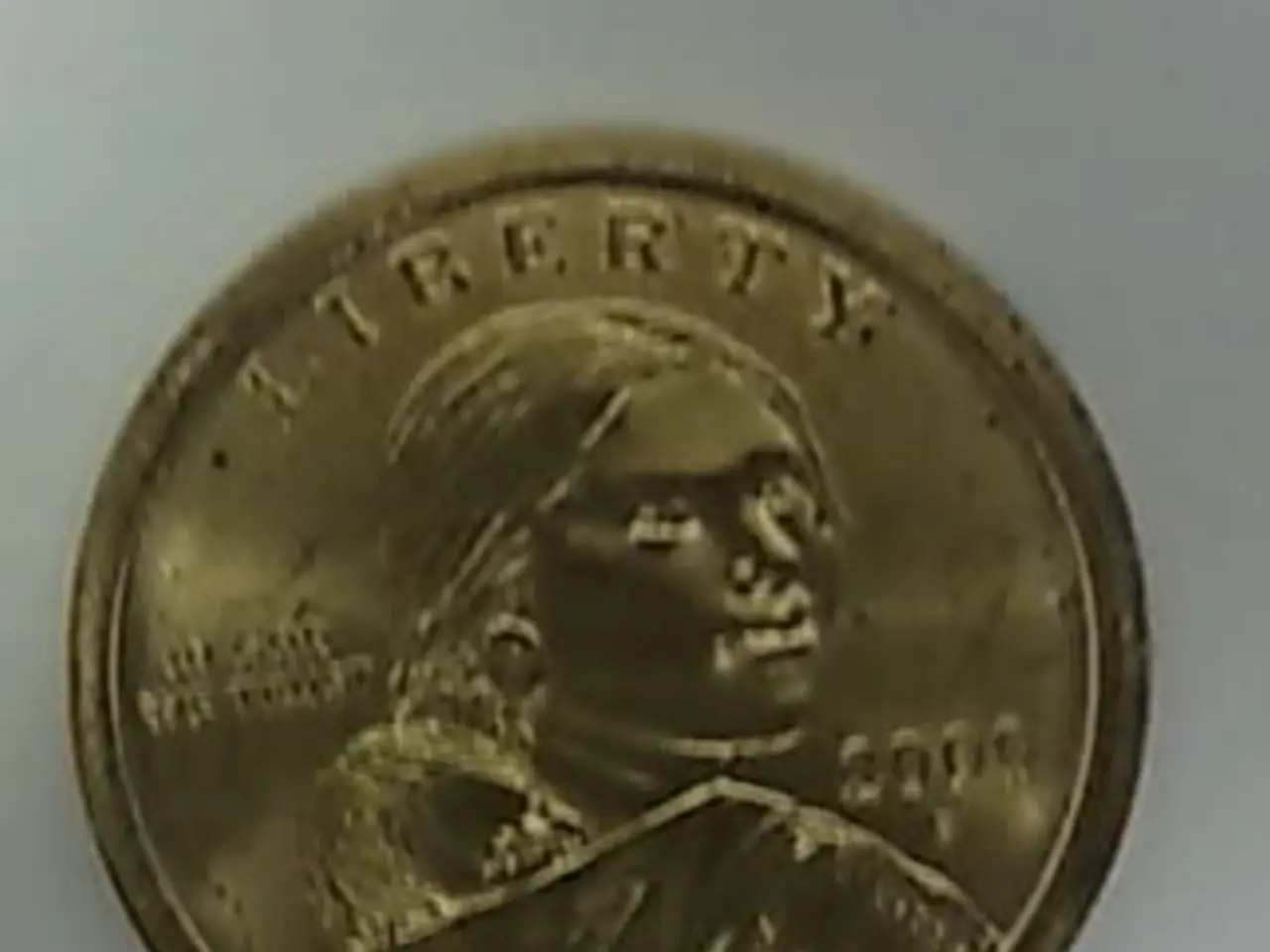Precious Metals Offered in IRA: Gold, Silver, Platinum, and Palladium
A Gold IRA, or a self-directed individual retirement account, allows investors to diversify their retirement portfolio by investing in physical precious metals such as gold, silver, platinum, and palladium. However, it's essential to understand the IRS guidelines for these investments to stay compliant.
The IRS has set specific minimum fineness standards for each metal, and only approved forms from recognised refiners or mints are acceptable. Here's a breakdown of the IRS requirements for each metal:
- Gold: Minimum fineness of 99.5% (0.995), allowed forms include bars and coins from approved mints such as the American Gold Eagle. - Silver: Minimum fineness of 99.9% (0.999), allowed forms include bars and coins from approved mints like the Canadian Silver Maple Leaf. - Platinum: Minimum fineness of 99.95% (0.9995), allowed forms include bars and coins from approved mints such as the Canadian Platinum Maple Leaf. - Palladium: Minimum fineness of 99.95% (0.9995), allowed forms include bars and coins from approved mints such as the Canadian Palladium Maple Leaf.
Storing these precious metals in a secure depository and managing them through a custodian specializing in precious metals IRAs is crucial. Examples of approved products include the American Eagle gold coins for gold.
Investing in a variety of metals like silver, platinum, and palladium can provide broader diversification, offering protection against different economic factors and shifts in industrial demand. However, it's important to note that some metals, like platinum or palladium, have less liquidity compared to gold and silver.
It's also essential to be aware that taking personal possession of coins or bars from a Gold IRA may result in tax and penalty liabilities. The IRS requires that precious metals in a Gold IRA be stored safely in an approved depository and titled in the name of the IRA, not the individual's name.
Moreover, the IRS sets strict rules for the types of metals and products that qualify for a Gold IRA, and breaking these rules could result in taxes and penalties. Proof coins may be allowed if they meet IRS requirements and are in original mint packaging with a certificate of authenticity.
Lastly, premiums and storage fees can add up when investing in a variety of metals. If unsure about the mix of metals, it's always a good idea to consult a trusted financial advisor. The IRS currently allows gold, silver, platinum, and palladium in a self-directed Gold IRA, but only specific forms of these metals meet the required fineness standards.
Personal finance management includes considering alternative investments like a Gold IRA, which allows investing in precious metals such as gold, silver, platinum, and palladium. With technology, data-and-cloud-computing solutions can help manage investments efficiently, offering a secure platform to keep track of gold IRA investments and stay compliant with IRS guidelines. For instance, it's crucial to ensure that the fineness of precious metals meets specific standards set by the IRS and that only accepted forms from recognized refiners or mints are used.




